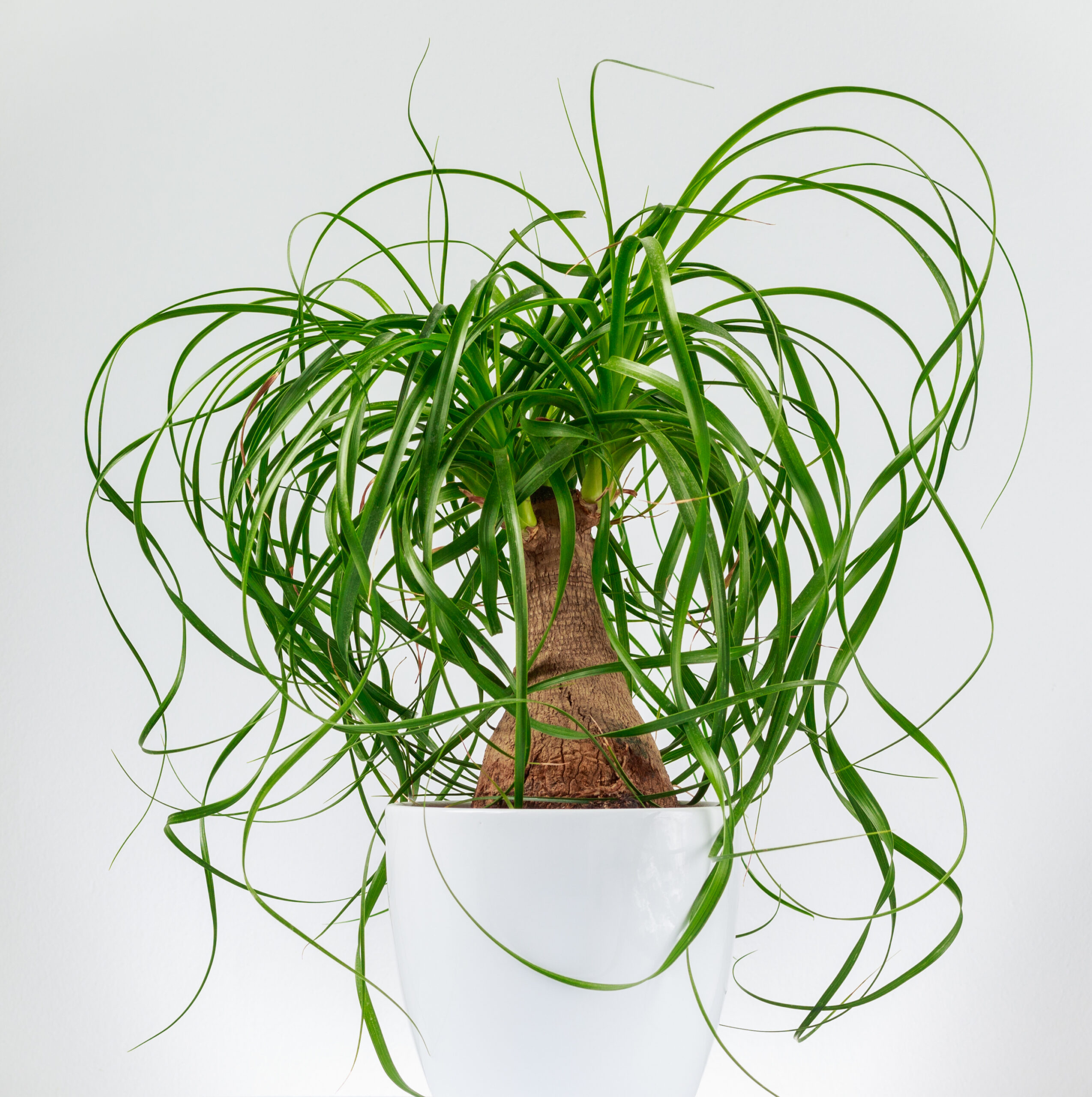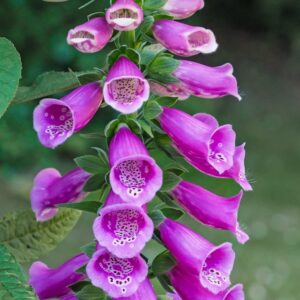The Dos and Don’ts of Houseplants Around Pets
You may have noticed your pets eating your houseplants. It is not known exactly why they do this. It could be out of boredom, to ease an upset stomach, attempt to even a nutritional deficiency or they could just like the look of it. Some of the plants we keep in our homes can be toxic to our pets, but not all of them, others are safe. We have complied a list of safe and toxic plants so you know what to keep around your home.
Safe houseplants to keep around your pets
1. African violet
These well-known plants can be found in gardens or indoors. They come in many colours and flower a couple of times a year. They are easy to look after as they require consistent light. They are not large plants and won’t take up too much space.
2. Spider Plant
They are very easy to look after and are perfect for people who are not good with plants. All Spider plants need is bright but indirect sunlight and soil that can drain well. They need to be watered but can’t have soggy soil. These plants tend to attract cat’s attention due to their long leaves and the fact that it is slightly hallucinogenic.
3. Orchid
Orchids of all kinds are safe to have around pets. Caring for an orchid can be complicated. They require a lot of water, need to be dried out between each watering and require a lot of humidity.
4. Bromeliad
These colourful plants are easy to look after both indoors and in a garden. They need light without direct sun, the soil needs to be moist but make sure not to drown them and it needs to be able to drain.
5. Banana plant
For this plant to survive they are going to need soil that is rich, bright light and watering fairly regularly. This is one of the few statement plants that are safe to have around pets. Similar plants like a Weeping Fig or Elephant’s Ears are toxic.
6. Areca Palm
Many palm trees and their seeds are toxic to pets but the Areca Palm is not. The soil must be kept moist in the summer months but should be dried slightly between watering’s during the colder months. Using a time-release fertiliser is advised as that allows the soil to be rich with nutrients.
7. Polka Dot Plant
For the ideal plant they need bright and have indirect light that is in a rich and well-draining soil. These plants need to be watered fairly regularly and fertilised every month. Polka Dot plants should be lightly pruned monthly.
8. Ponytail Plant
These are safe for our pets to be around and, not to mention, they make for a stylish addition to a room. Ponytail plants need lots of bright and indirect sunlight with soil that is dry. The top two inches of soil should be dry before re-watering.
9. Venus Fly Trap
These plants will thrive in moist soil, with bright sunlight that is also indirect. They need to be kept indoors. To prune them removes the leaves as they start to go black. When it comes to fertilising a Venus Fly Trap you just have to feed it insects.
10. Baby Tears
These are not only safe to have around your pets but when put over soil they are a deterrent to your pets digging in your plants. They thrive in bright and indirect sunlight with moist but not soggy soil.
Toxic houseplants for pets
1. Daffodils
The flowers and the bulbs are toxic to animals if ingested. The most common signs of your pet ingesting daffodils are vomiting, diarrhoea and lethargy. In extreme cases seizures and tremors have also been reported.
2. Tulips
The bulbs of the tulips are the most toxic part of the flower. They are less toxic than daffodils. If you think your pet has eaten them then you should always contact your vet.
3. Crocuses
Like Tulips, these are not too toxic for your pets but if ingested you should contact your vet.
4. Ivy
Contact with ivy (not to be confused with Poison Ivy) can cause skin rashes, itchiness and conjunctivitis. It can also cause drooling, vomiting and diarrhoea if it is ingested.
5. Lilies
If ingested, these can cause kidney failure in cats. It is best not to have them anywhere where your cat can come into contact with them.
6. Lily of the Valley
This can negatively affect both cats and dogs if ingested. Symptoms of this are vomiting, diarrhoea and a slow heart rate. The main clinical sign is your pet having seizures.
7. Sago Palm
These can either be a house plant or kept outside in warmer climates. This is one of the most toxic plants to dogs – it causes vomiting, bloody faeces, liver failure and even death if not treated straight away.
8. Foxglove
The leaves and seeds are the most toxic part of the plant. They can cause vomiting, diarrhoea, heart problems and even collapse.
9. Geranium
The whole part of a Geranium are toxic to both dogs and cats. Their toxins can cause vomiting, diarrhoea and collapse.
10. Rhubarb
The leaves of these plants can cause vomiting and diarrhoea. Their stalks, on the other hand are safe for your pets to eat.
Where it is possible you should try and keep your houseplants, safe or not, out the reach of your pets. Although we all know that if your pets want to get to them, they will find a way so rather be safe than sorry by making sure your pet is covered should illness or injury arise.
If you think your pet may have come into contact with plants that are toxic to them give our qualified Vet Nurses a call on our Careline.






















